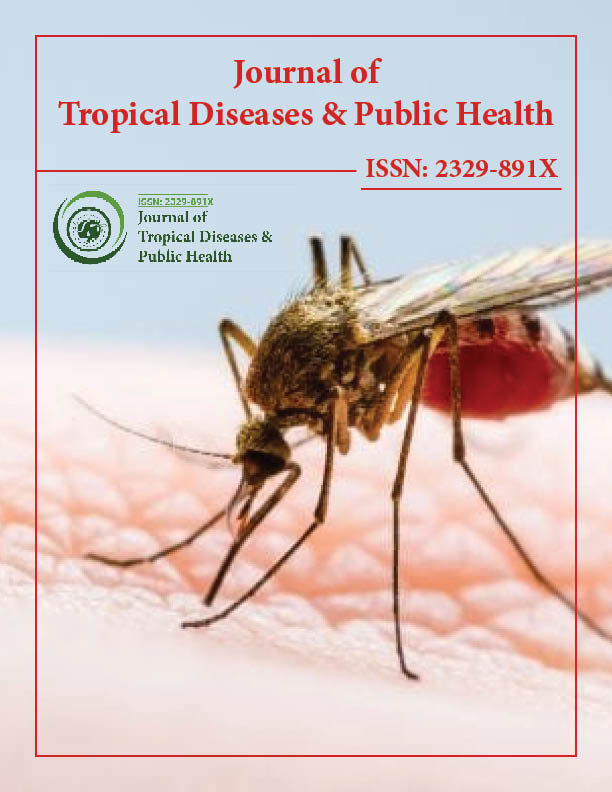Indexed In
- Open J Gate
- Academic Keys
- ResearchBible
- China National Knowledge Infrastructure (CNKI)
- Centre for Agriculture and Biosciences International (CABI)
- RefSeek
- Hamdard University
- EBSCO A-Z
- OCLC- WorldCat
- CABI full text
- Publons
- Geneva Foundation for Medical Education and Research
- Google Scholar
Useful Links
Share This Page
Journal Flyer

Open Access Journals
- Agri and Aquaculture
- Biochemistry
- Bioinformatics & Systems Biology
- Business & Management
- Chemistry
- Clinical Sciences
- Engineering
- Food & Nutrition
- General Science
- Genetics & Molecular Biology
- Immunology & Microbiology
- Medical Sciences
- Neuroscience & Psychology
- Nursing & Health Care
- Pharmaceutical Sciences
Anthelmintic treatment response and resistance emergence in a human population of Southern Mozambique infected with soil-transmitted helminths
6th International Conference on Tropical Medicine and Infectious Diseases
January 28-29, 2019 | Barcelona, Spain
Berta Grau
Universitat de Barcelona, Spain
Posters & Accepted Abstracts: J Trop Dis
Abstract:
Over one billion people are infected with soil-transmitted helminths (STH) worldwide. STH infections can contribute to anemia, malnutrition, and delayed development among others. The cornerstone for controlling STH is mass drug administration (MDA) programs with benzimidazole drugs. However, several factors limit this strategy: Low coverage, high re-infection rates and low efficacy against some STH spp. infections. Furthermore, since STH MDA strategy is a monotherapy, resistance emergence is a concern. The aim of this study was to design and implement a pilot surveillance platform for the phenotypic and genotypic characterization of anthelminthic resistance to albendazole in Manhi�a district, Southern Mozambique. We conducted a cross-sectional study in Manhi�a district where we recruited 800 people older than 5 years of age using grid sampling methodology to obtain spatial representativeness. Two stool samples from two consecutive days were collected from every participant. Regarding STH infection positive participants, a third and a forth stool samples were collected a day before and twenty-one days after treatment respectively. Stool samples were analyzed by Telemann concentration technique and Kato-Katz thick smear technique. A proportion of 27% of participants were infected with at least one STH. Phenotypic resistance will be detected by cure rate and egg reduction rate. Genotypic resistance will be evaluated by pyrosequencing, in order to detect resistant mutations in the beta-tubulin gene. The SaTScan method will be employed for identification of clustering of STH infection and albendazole resistance. Kriging will be used to estimate general spatial trends in infection. Final results are still under analysis.
Biography :

